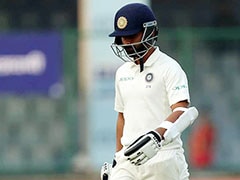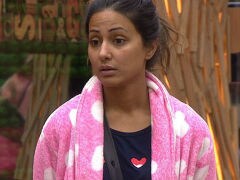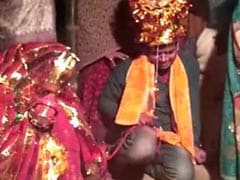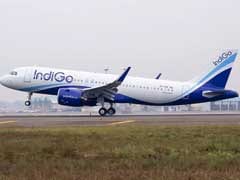According to the CPCB, Particulate Matter (PM) 10 and PM2.5 increased 2 to 3.5 times after Diwali compared to pre Diwali levels. The pollution watchdog told the court that air quality did worsen during Diwali as people complained of burning in the eyes and cough and more patients trickled in at hospitals with respiratory problems but number wise it was not significant. As per the CPCB, long term study needs to be done to assess health impact of firecrackers.
Comments
The morning after Diwali (October 20), Delhi saw thick smog cover indicating a spike in air pollution levels. According to data from the CPCB, the Air Quality Index (AQI) value on Diwali was 319, but next morning it hovered between 342 and 355, placing it in "very poor" category. AQI level from 0-50 is considered good, 51-100 is satisfactory, 101-200 is moderate, 201-300 is poor, 301-400 is very poor, and 401 and above is severe.Though the CPCB said there was no massive spike in pollution level after Diwali, an analysis by the Centre for Science and Environment dated October 20, 1017 showed pollution levels breached emergency standards, which is 400, on Diwali night. The CSE study also said pollution levels would have been much worse had the Supreme Court not banned fire crackers. Just weeks before Diwali, the Supreme Court banned firecrackers observing, "air quality deteriorates abysmally and alarmingly and the city chokes thereby."












